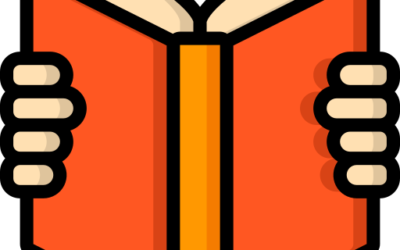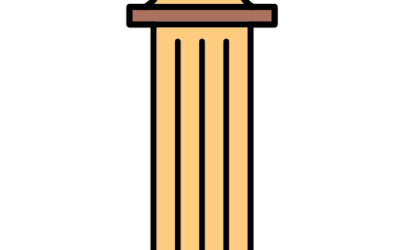My Blog
11. BETA 3.3.
When you get to a point where you feel satisfied with your novel, both story and style, it’s time to put to work those friends that have agreed to be your beta readers. They have the advantage to be your first readers and brag about it when your name will shine in the history of fiction writing, while you have the advantage of fresh eyes reading the story you’ve worked on for so long that you can’t be objective anymore.
10. BETA 3.2.
After months of work, you’ve finally reached the end of draft one. For some writers, draft one is like this ball of fur spat by a cat. It’s ugly, hairy and wet, but it contains your story like a gem hidden under layers of slime.
9. BETA 3.1.
You have researched your story, established your characters, settings, ideas to use in the story. You have even done your minimal plotting and now you roughly have an idea of at least three points you need to reach inside your story. So the task at hand doesn’t feel so daunting anymore.
8. ALPHA 2.3.
Every story has three acts. The three pillars you need to know about and use in your story are Plot Point 1, Midpoint, and Plot Point 2. Now, Act I and Act III are about half the story, while Act II alone is the other half. That’s a rough estimation. Obviously, you can experiment.
7. ALPHA 2.2.
You may think “I need to write at least 80,000 to 90,000 words to qualify it as a novel. I know the story is that rich. But, I only know what to write for the first 10,000, or maybe 20,000 words, yet I still have to fill in at least 60,000 more words!” And that can be daunting…
6. ALPHA 2.1.
And we crossed into Alpha. Now that you have everything in place and you know who your characters are, what’s the story about, where and when it happens, and how it happens, you need to think a few steps ahead and start plotting.






